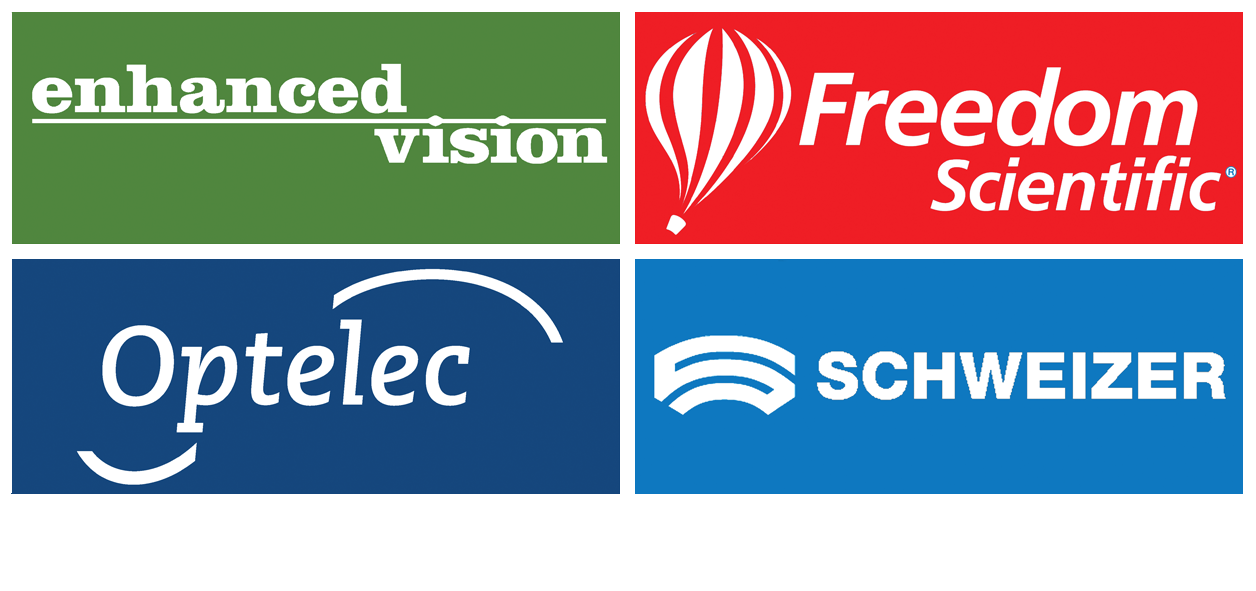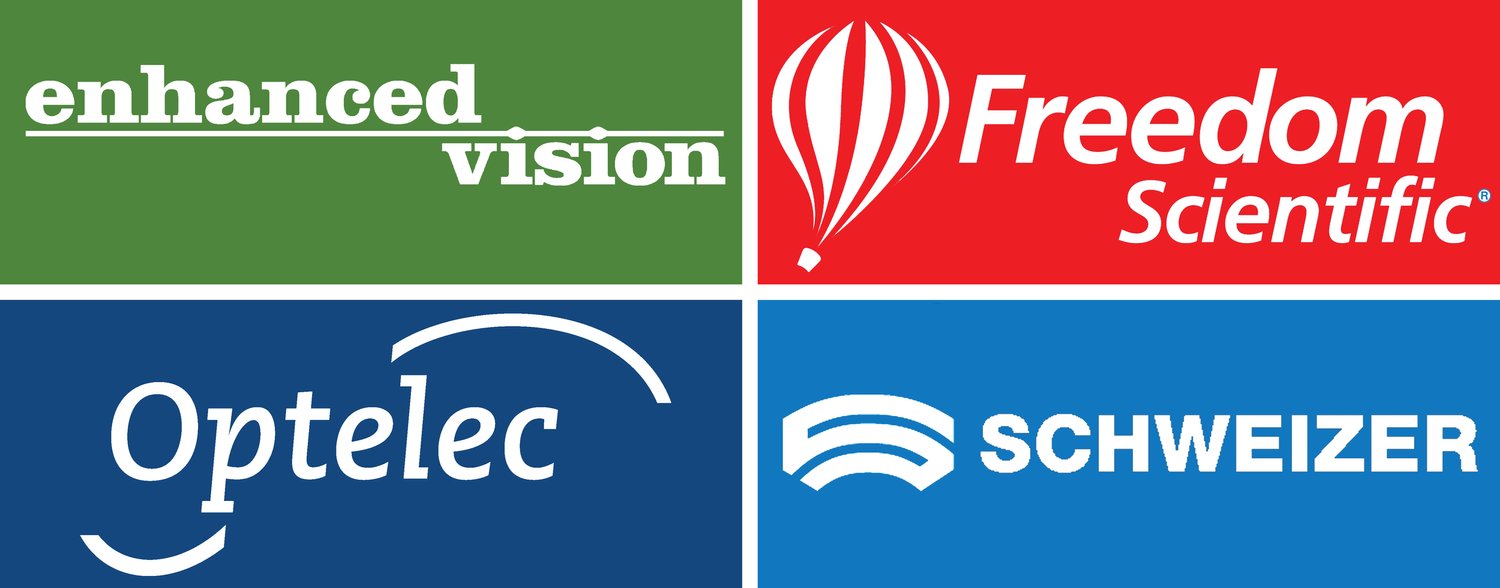
What Are Low Vision Aids?
A Guide for People Suffering with Macular Degeneration
Living with macular degeneration and vision loss can present challenges in performing everyday tasks due to visual impairment. However, there are low vision aids available that can greatly improve your quality of life. In this comprehensive guide, we will delve into the definition of low vision and explore various types of low vision aids to help you navigate the challenges posed by macular degeneration and other eye conditions.
Definition of Low Vision
Low vision refers to a visual impairment that cannot be fully corrected by regular eyeglasses, contact lenses, or medical interventions. It is a condition that limits a person's ability to perform daily activities that require visual acuity, such as reading, writing, and recognizing faces. Low vision aids are specifically designed to enhance the remaining vision and maximize independence.
Types of Low Vision Aids
There are different types of low vision aids available, depending on the specific needs and preferences of individuals. Let's explore some of the most common ones:
Optical Aids
Handheld Magnifiers: Compact and portable magnifiers held by hand, ideal for reading labels, menus, and other small print. They are lightweight and convenient for on-the-go use. Handheld magnifiers come in a variety of different strengths, applicable to your eye sight.
Stand Magnifiers: Magnifying lenses mounted on a stand or base, allowing hands-free reading and viewing. Stand magnifiers are particularly useful for those that don't have a steady hand or require maximum light as this is contained withing the stand of the magnifier.
Telescopes: Low vision telescopes offer increased magnification for long-distance viewing. They can be helpful for tasks such as watching television, recognizing faces, or reading signs from a distance.
Reading Glasses: Customized glasses with magnification specifically for reading and close-up tasks. They provide clear vision for near-distance activities like reading books, newspapers, or medication labels. These can offered be tailored to each eye (left or right).
Non-Optical Aids
Electronic Magnifiers: These devices utilize advanced camera technology to display enlarged images on a screen. They offer adjustable magnification, contrast settings, and some even have built-in lighting. Electronic magnifiers are versatile and can be used for various tasks, including reading, writing, and viewing photographs.
Text to Speech: Text to speech means a device will take a photo of the printed material and audibly read out the material. Text to speech is generally used by those with severe sight loss when magnification is no longer usable. Some devices however, offer magnification and speech, this can be useful for those that have good and bad days with their sight loss.
Screen Reading Software: This software converts on-screen text into synthesized speech or braille output. It enables individuals with visual impairments to access digital content on computers, tablets, or smartphones.
Braille Displays: Braille displays provide tactile output by converting digital text into braille characters. They allow individuals with visual impairments to read and navigate through electronic documents, websites, and other digital content.
Audio Books: Recorded books or digital files that allow individuals to listen to spoken content. They provide access to a wide range of literature, including novels, textbooks, and magazines, without relying on visual reading.
Large Print Books: Books with enlarged text and clear formatting for easier reading. Large print books are specifically designed for individuals with visual impairments, offering improved legibility and readability.
Choosing the Right Low Vision Aid
Choosing the right low vision aid involves careful consideration of individual needs and preferences. Here are some factors to keep in mind:
Individual Needs Assessment: Understand your specific visual requirements and the tasks you need assistance with. Consider factors such as magnification strength, type of tasks, and desired portability.
Trial Periods: Many low-vision aid providers including ourselves offer free home demos to allow you to test the effectiveness and suitability of the aids before making a purchase. Take advantage of these opportunities to find the aid that works best for you.
Consultation with an Eye Care Professional: Seek guidance from an eye care specialist or low vision specialist who can provide personalised recommendations based on your eye condition and visual needs. Our customer service team are more than happy to help answer any queries you might have.
Frequently Asked Questions (FAQs)
What is the difference between low vision aids and regular eyeglasses?
Low vision aids are specifically designed to enhance the remaining vision and accommodate visual impairments beyond what regular eyeglasses can correct. They offer specialized features such as magnification, contrast enhancement, and tactile feedback.
How do I know which low vision aid is right for me?
To determine the most suitable low vision aid, consider your specific visual needs, the tasks you struggle with, a low vision specialist. They can provide expert guidance and recommend aids that align with your requirements.
Can low vision aids restore my vision?
Low vision aids cannot restore vision completely, but they can help maximize your remaining vision and improve your ability to perform daily activities. They are designed to enhance vision and provide practical solutions for individuals with visual impairments.
By understanding the different types of low vision aids available and considering your individual needs, you can make informed decisions about selecting the right tools to enhance your visual experience and regain independence in your daily life.

